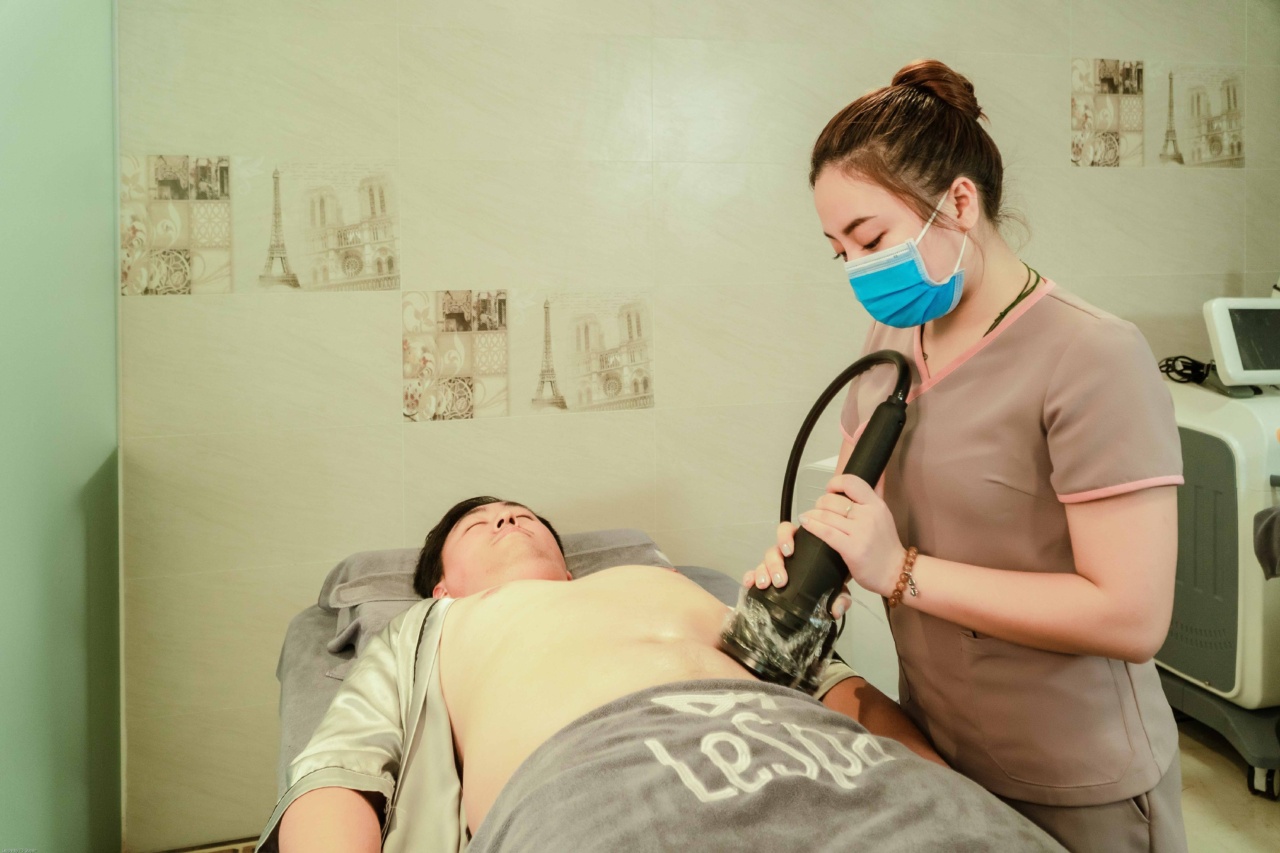DVT, short for deep vein thrombosis, is a potentially serious condition that occurs when a blood clot forms in one of the deep veins, usually in the lower limbs.
If left untreated, DVT can lead to severe complications, including pulmonary embolism, a condition where the blood clot breaks loose and travels to the lungs. Understanding the causes, symptoms, and treatment options for DVT is essential for early detection and prevention of complications.
Causes of DVT
DVT can be caused by a variety of factors that disrupt the normal blood flow and clotting mechanisms in the veins. Some common causes of DVT include:.
1. Immobility: Prolonged periods of inactivity, such as sitting for long hours during travel or bed rest after surgery, can increase the risk of developing blood clots. 2. Injury or Surgery: Trauma or surgery to the veins can damage the blood vessel walls and trigger clot formation. 3. Medical Conditions: Underlying medical conditions that affect blood clotting, such as cancer, heart failure, and inflammatory bowel disease, can increase the risk of DVT. 4. Pregnancy: Pregnancy causes changes in hormone levels and increased pressure on the veins, making pregnant women more susceptible to DVT. 5. Birth Control Pills and Hormone Therapy: Certain forms of hormonal contraception, particularly those containing estrogen, can increase the risk of blood clots. 6. Genetic Factors: Inherited blood clotting disorders, such as Factor V Leiden mutation or antithrombin deficiency, can predispose individuals to DVT. 7. Obesity: Excess weight puts additional pressure on the veins, increasing the likelihood of blood clot formation. 8. Smoking: Smoking damages blood vessels and affects blood clotting, making smokers more prone to developing DVT. 9. Age: The risk of DVT increases with age, with older adults being more susceptible.Symptoms of DVT
The symptoms of DVT may vary depending on the location and extent of the blood clot. Some common signs and symptoms include:.
1. Pain and Swelling: Deep pain, tenderness, or swelling in the affected area, typically in the leg. 2. Warmth and Redness: The skin over the affected vein may feel warm to the touch and appear red. 3. Skin Discoloration: The skin over the clot may turn bluish or white, indicating impaired circulation. 4. Vein Enlargement: The affected vein may become enlarged and more prominent. 5. Visible Surface Veins: Superficial veins may become more visible as a result of blood flow obstruction. 6. Leg Fatigue: Some individuals may experience heaviness or fatigue in the leg, especially after prolonged standing or walking.
Diagnosis of DVT
If DVT is suspected, a healthcare professional will conduct a thorough physical examination and medical history review. To confirm the diagnosis, the following diagnostic tests may be performed:.
1. Ultrasound: This non-invasive test uses sound waves to visualize the blood flow and detect any blood clots in the veins. 2. Doppler Ultrasound: Doppler ultrasound measures the speed and direction of blood flow, helping to identify the location and severity of the clot. 3. D-Dimer Blood Test: D-Dimer is a substance released when a blood clot is breaking down. Elevated levels of D-Dimer may indicate the presence of a clot. 4. Contrast Venography: In this invasive procedure, a contrast dye is injected into a vein, allowing the doctor to visualize the veins on an X-ray and identify any abnormalities.Treatment for DVT
The primary goals of DVT treatment are to prevent the clot from growing, prevent the clot from breaking loose and causing a pulmonary embolism, and reduce the risk of future blood clots. The treatment options for DVT include:.
1. Anticoagulant Medications: Also known as blood thinners, these medications help prevent the formation of new blood clots and stop existing clots from enlarging. 2. Compression Stockings: These specially designed socks or stockings apply pressure to the legs, promoting blood flow and reducing the risk of blood clots. 3. Clot-Dissolving Medications: In some cases, medications called thrombolytics may be used to dissolve the blood clot swiftly. This treatment is typically reserved for severe cases or when other treatments are ineffective. 4. Inferior Vena Cava (IVC) Filter: In rare cases, when anticoagulant therapy is contraindicated or ineffective, a small filter can be placed in the vena cava, the large vein that carries blood from the lower body to the heart, to prevent blood clots from traveling to the lungs. 5. Self-Care Measures: Certain lifestyle modifications, such as regular physical activity, maintaining a healthy weight, avoiding prolonged immobility, and quitting smoking, can help prevent DVT and lower the risk of recurrence. 6. Proper Hydration: Staying adequately hydrated is important for maintaining healthy blood flow and preventing the blood from becoming too thick and prone to clot formation.Preventing DVT
Prevention is crucial to reduce the risk of DVT. Some preventive measures include:.






























